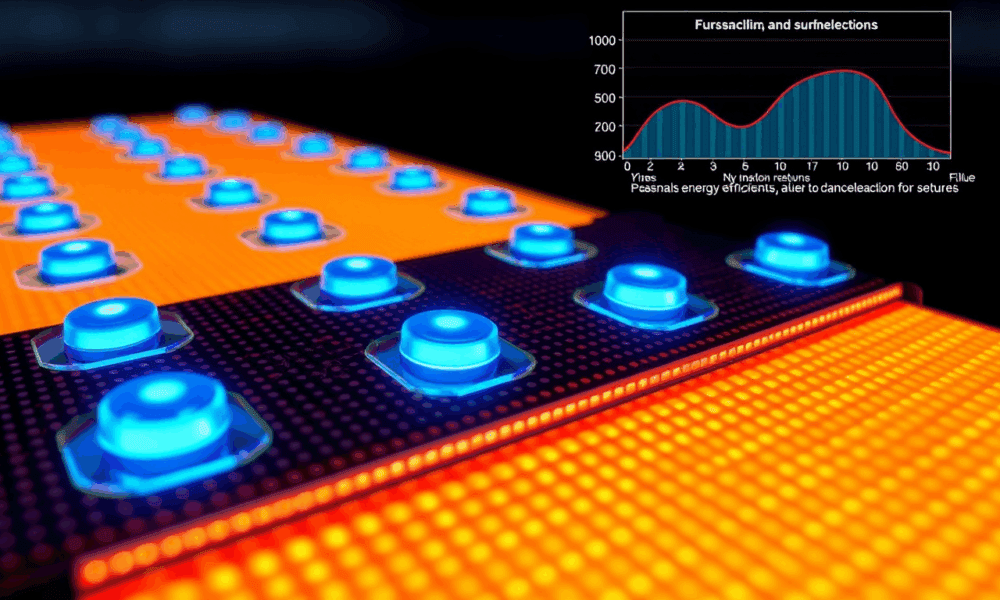
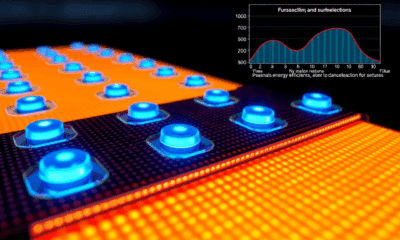

Blue phosphorescent OLEDs can now last as long as the green phosphorescent OLEDs already in devices, researchers have demonstrated, paving the way for further improving the...



Researchers have discovered a new 2D material, confirming decade-old prediction.



Neuroscientists and materials scientists have created contact lenses that enable infrared vision in both humans and mice by converting infrared light into visible light. Unlike infrared...



Chemists have developed an efficient skeletal editing method for frequently used heteroaromatic structures. The technique could serve as a means to chemically modify biologically active compounds.
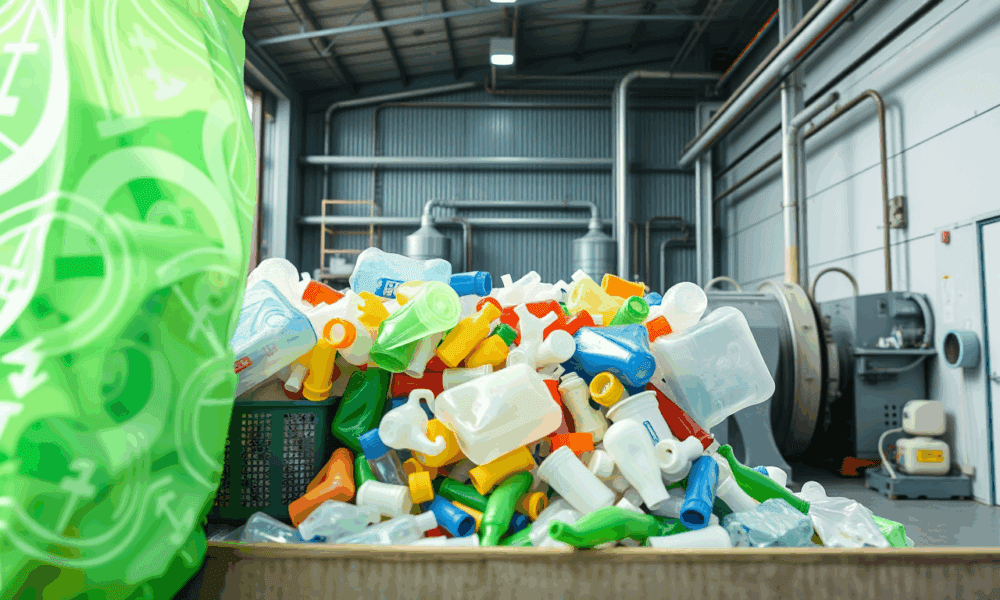


Researchers have developed an inexpensive and potentially scalable approach that uses a commercially available peroxide to bind polyethylene and polypropylene together, thereby creating a more useful,...
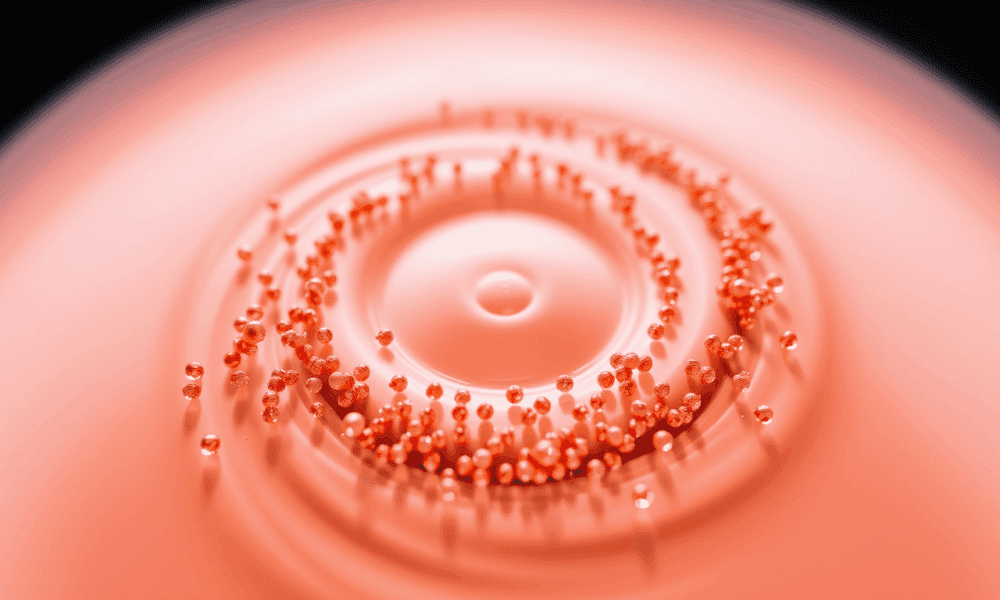
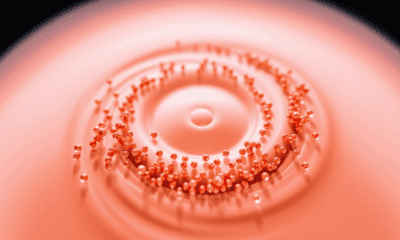

Researchers have detailed the physics behind a phenomenon that allows them to create spin in liquid droplets using ultrasound waves, which concentrates solid particles suspended in...
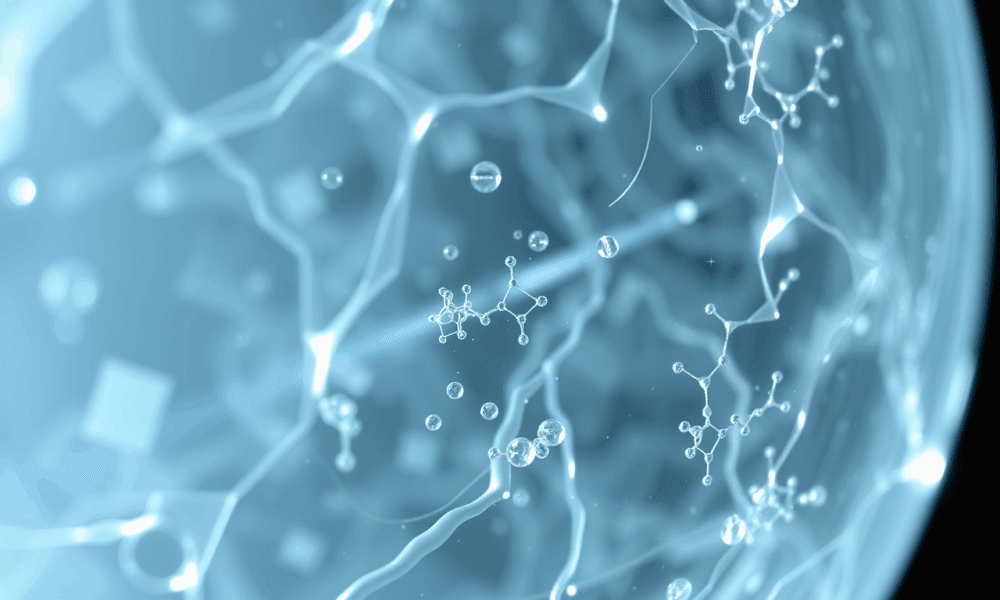
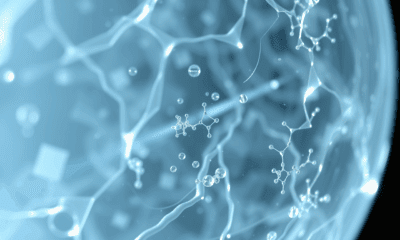

Although glasses exhibit disordered atomic structures, X-ray and neutron scattering reveal a subtle periodicity. Researchers have demonstrated that this hidden periodicity -- referred to as 'invisible...
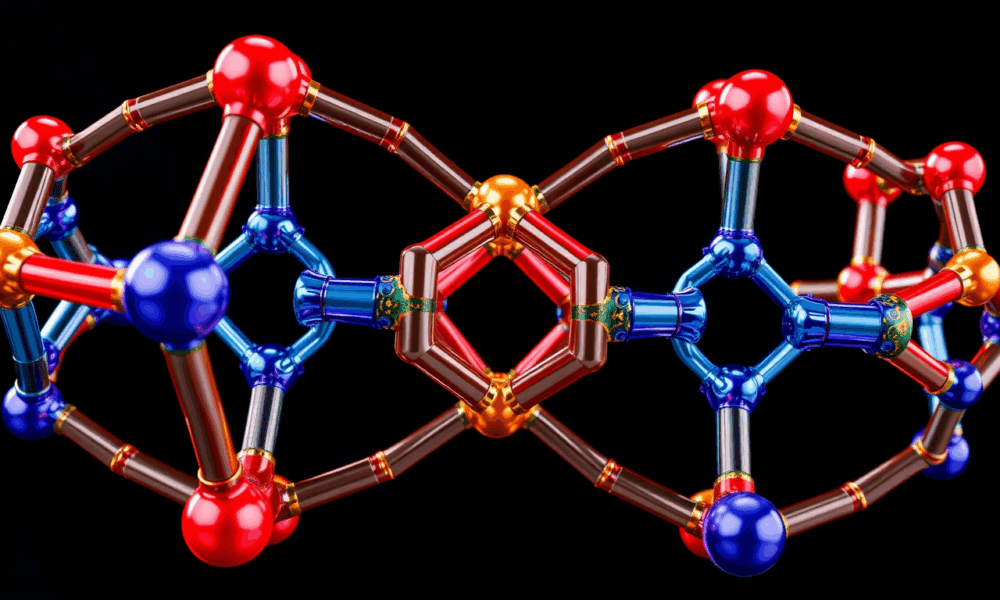
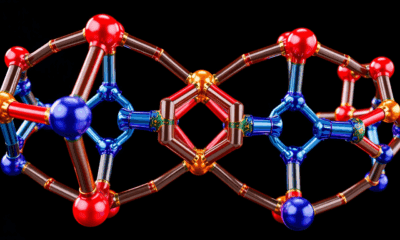

A team of chemists has made significant strides in the field of mechanically interlocked molecules (MIMs). Their work showcases the development of a compact catenane with...
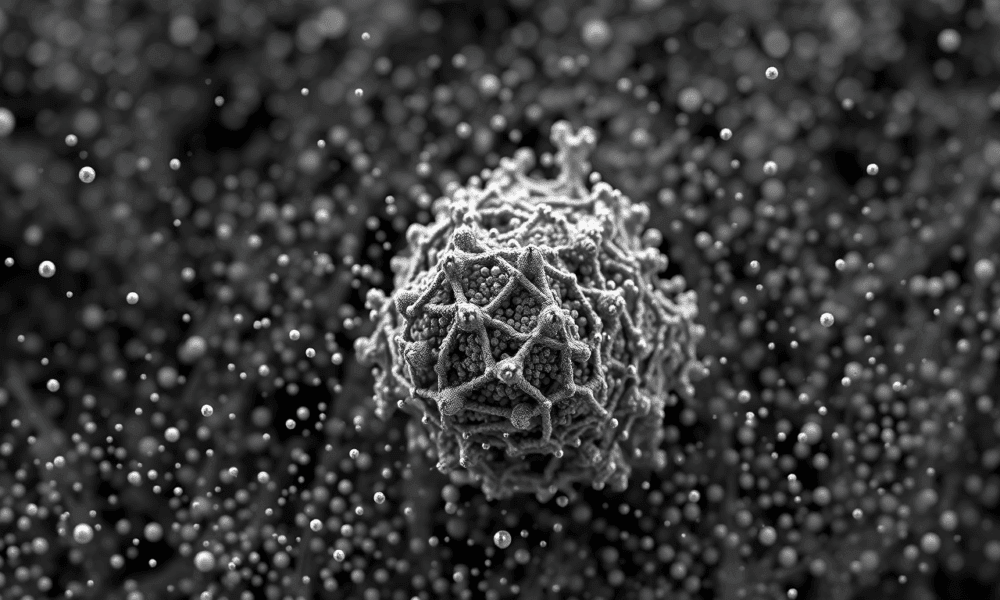
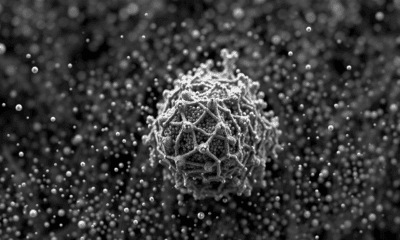

If you've ever watched a flock of birds move in perfect unison or seen ripples travel across a pond, you've witnessed nature's remarkable ability to coordinate...
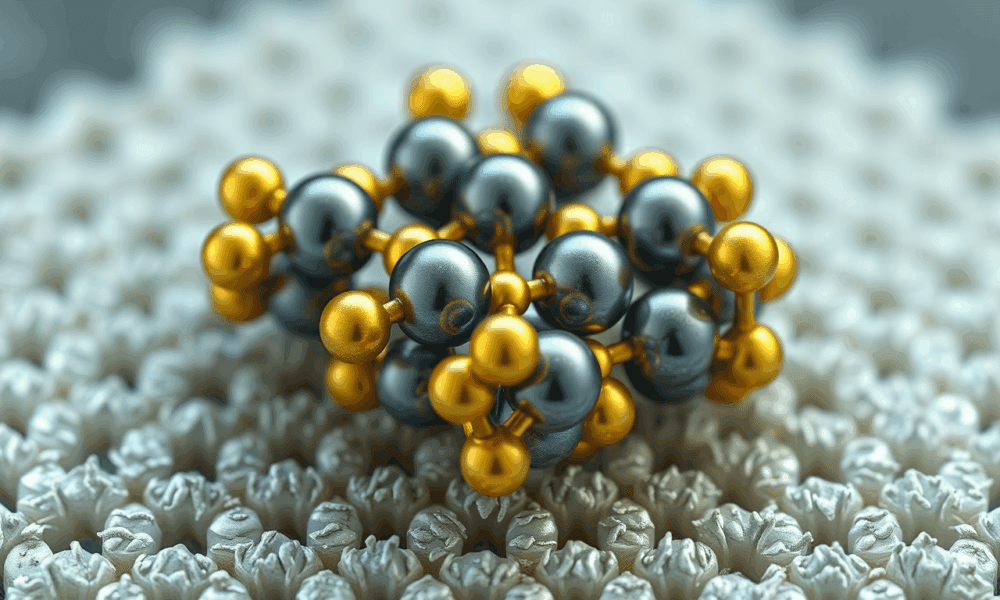
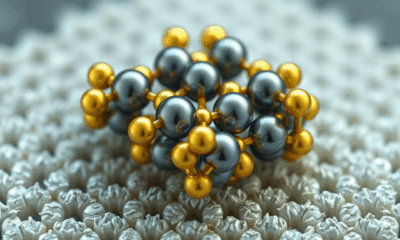

A research team has unveiled a breakthrough in improving the performance of zinc-air batteries (ZABs), which are an important energy storage technology. This breakthrough involves a...